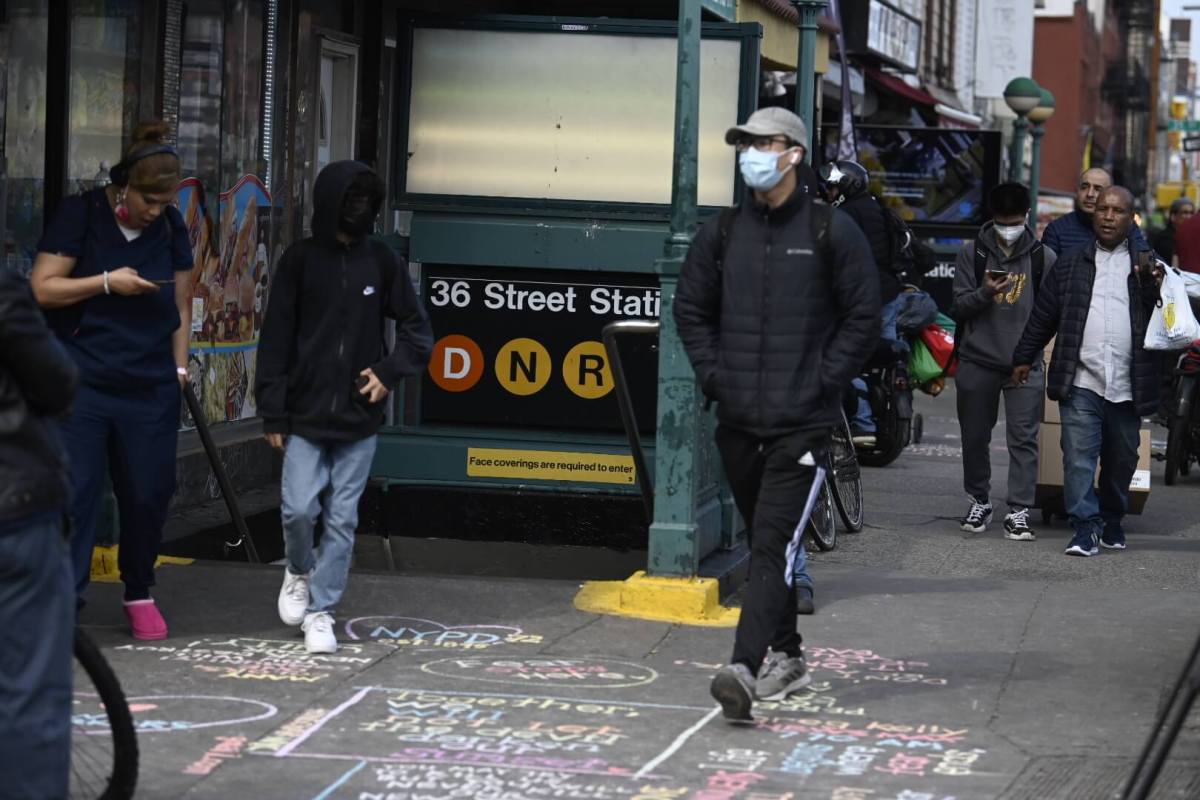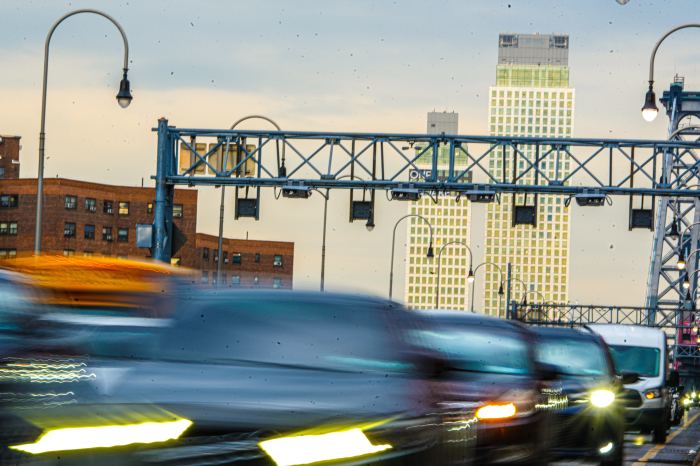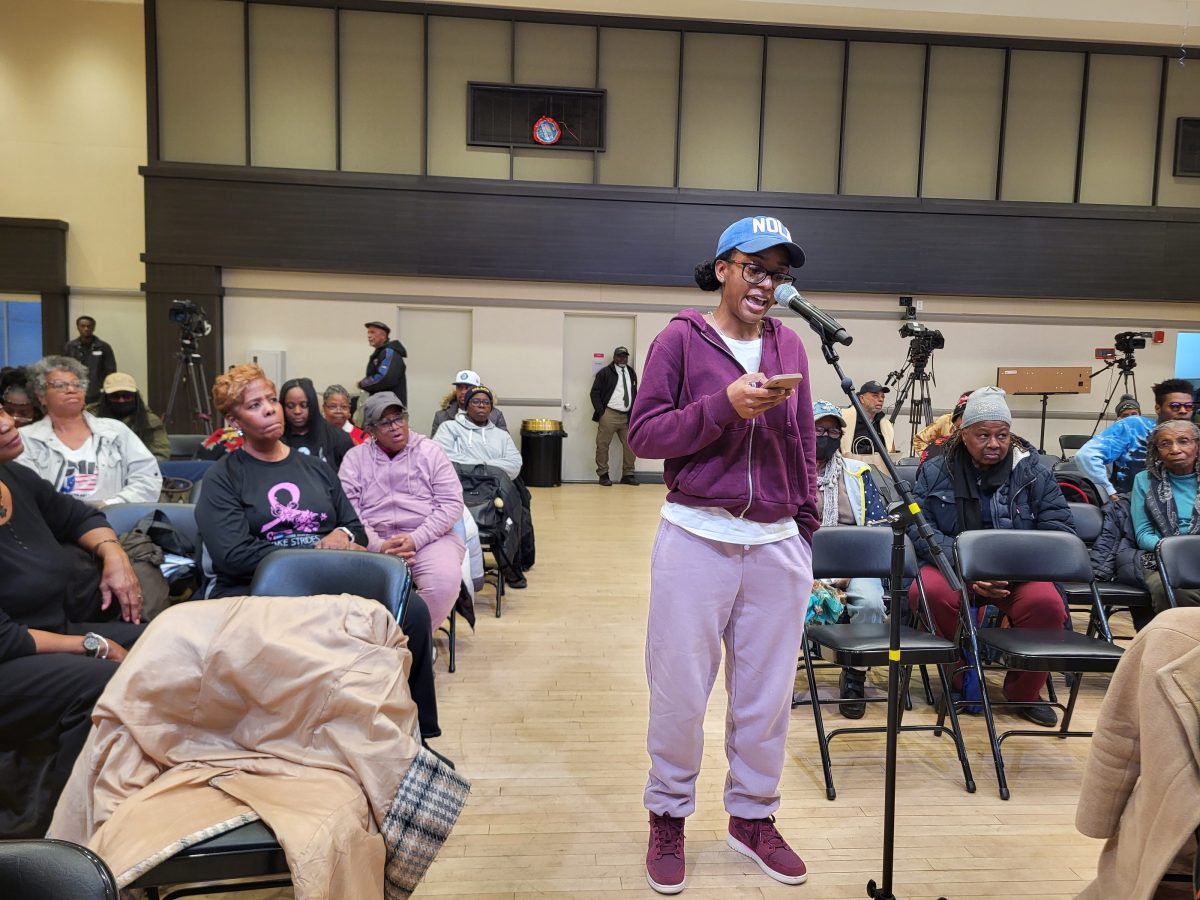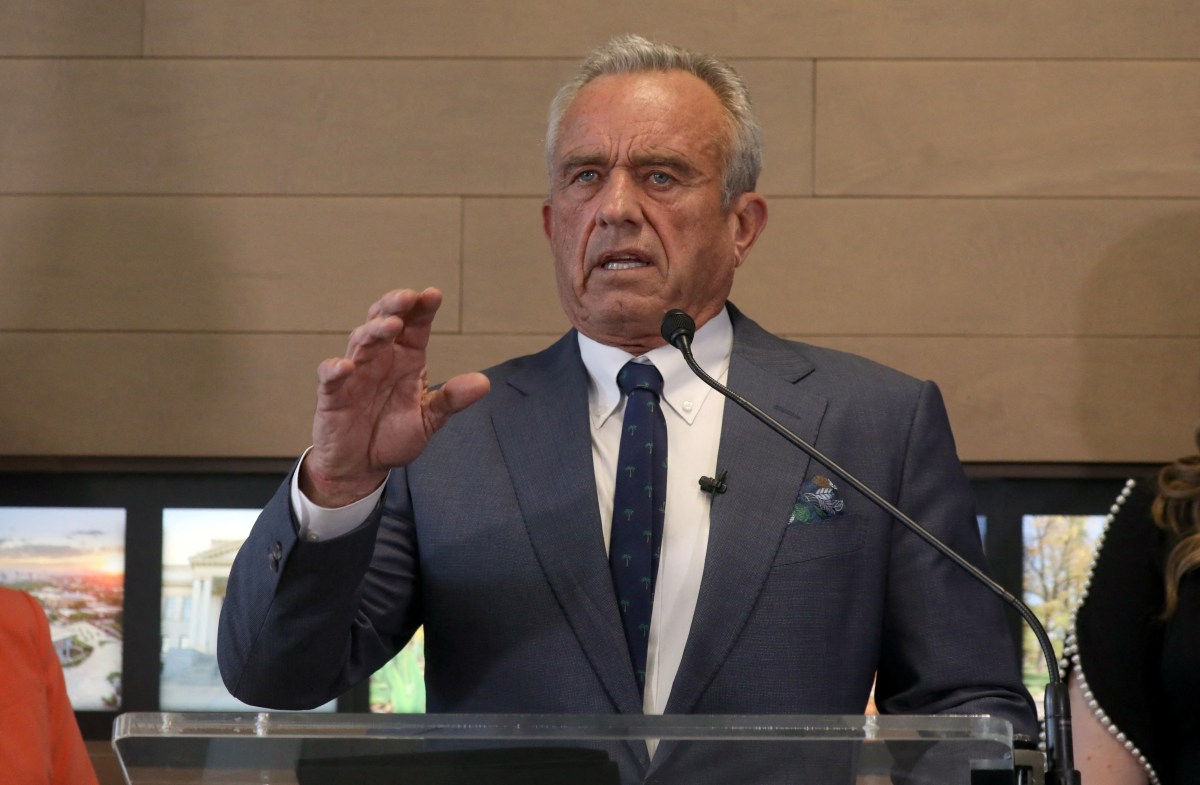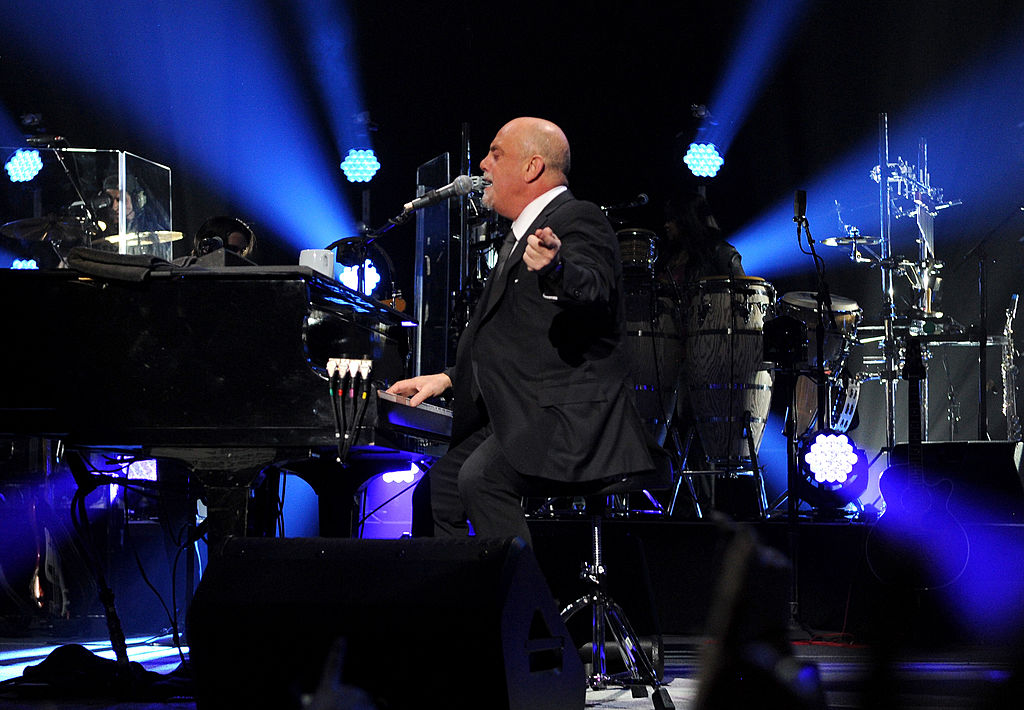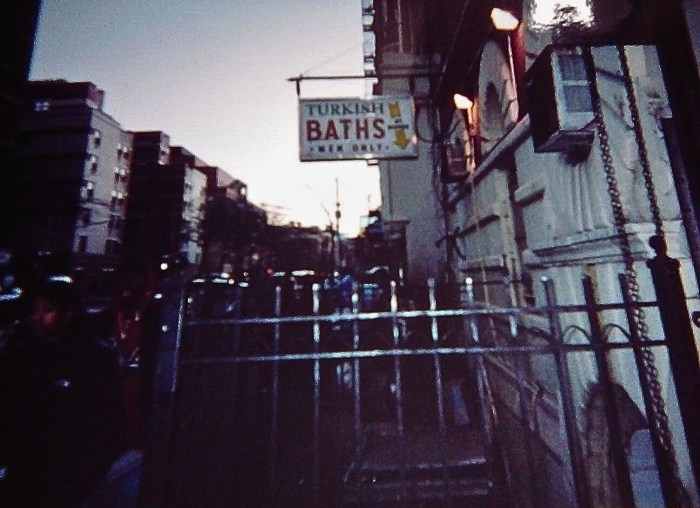A shoddy internet connection is to blame for the cameras being out at the 36th Street subway station in Brooklyn when alleged gunman Frank James opened fire on fellow riders, injuring at least 23 people Tuesday.
The surveillance cameras were out at the 36th Street station and the 25th Street station where James escaped, as well as the 45th Street station, all three of which are on the 4th Avenue line and share a common node for their internet feeds, according to MTA officials.
“We’ve all learned about internet connections in the Zoom and WebEx and Microsoft Teams era. That’s exactly what apparently failed,” MTA chairperson and CEO Lieber said during an unrelated press conference Thursday, April 14.
The cameras were back online by Wednesday after repair crews fixed the problem at a server room, according to agency spokesperson Tim Minton.
They were pointed at the turnstiles and not the platform at the three stations, the rep added.
After James’s alleged attack on the Manhattan-bound N train just before 8:30 a.m. on April 12, he transferred to a local R train and got out of the system at a stop north at 25th Street, apparently sharing a ride with victims trying to escape the mayhem, according to investigators.
The cameras did catch James when he first entered the subway further south at Kings Highway, and Lieber said that the roughly 600 cameras along the Brooklyn N line alone helped law enforcement zero in on the suspect.
“Those cameras were examined and they did yield the images of this fellow James coming into the system, and apparently some other images of him moving elsewhere in the system after the attack,” the transit chief said.
James also got back into the subway at 7th Avenue in Park Slope less than an hour later at 9:15 a.m., and he remained on the lam until his arrest in the East Village almost 30 hours after the incident Wednesday afternoon.
He was arraigned on federal terrorism charges in Brooklyn Thursday afternoon and could face life in prison, according to the U.S. Attorney’s Office for the Eastern District of New York.
The Metropolitan Transportation Authority has nearly 10,000 cameras across its 472 subway stations, and up to 1% of those are out at any given time, including for scheduled maintenance, said Minton.
The Sunset Park station’s outage was reported to the MTA over the weekend and the agency sent repair workers out there before the shooting and again afterward, before restoring the feed on April 13, according to Minton.
NYPD requests video footage from MTA about 50 times a day, Lieber said, which helps cops investigate various crimes that happen in the subways and stations, as well as for outside misdeeds where suspects pass through the sprawling subway network.
The transit bigwig added that they have spent hundreds of millions of dollars on — and plan to expand — their security camera arsenal.
The effort became more important in recent years during the administration of former Mayor Bill de Blasio, who didn’t want to deploy as many extra cops into transit as his successor Eric Adams would end up doing, Lieber added.
“We had a couple of — a tough year or two — where we were pressing the NYPD to increase their focus in the mass transit system. And there was some tussling because their position was, we’re not going to do that, at that time, because [that was] coming from City Hall in fairness,” Lieber said. “Mayor Adams has changed that.”
Adams asked NYPD to assign a record 1,000 additional Boys in Blue to transit as part of his push to make officers an omnipresence underground, upping the ante from de Blasio who had deployed hundreds of more cops to subway patrols last year.
“While we were concerned about safety during the de Blasio years we installed like 5,000-7,000 more cameras, spent several hundred million dollars on it, we’re doing another couple hundred million dollars on it now —it’s a huge piece of our system,” he said. “But obviously, not guaranteed that every single camera is going to be working every time, which is why you have so many.”



